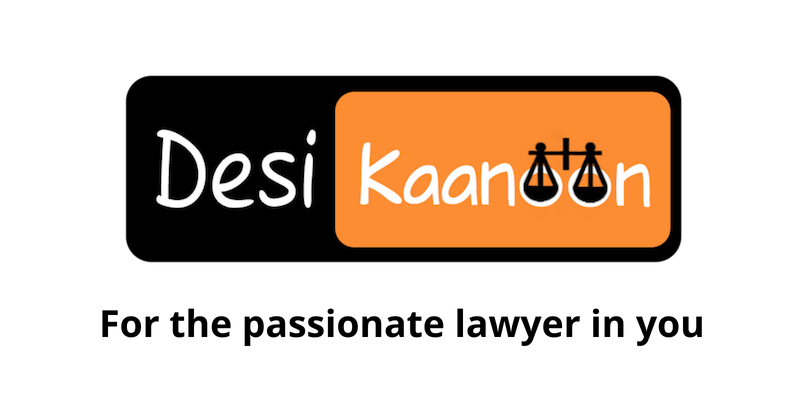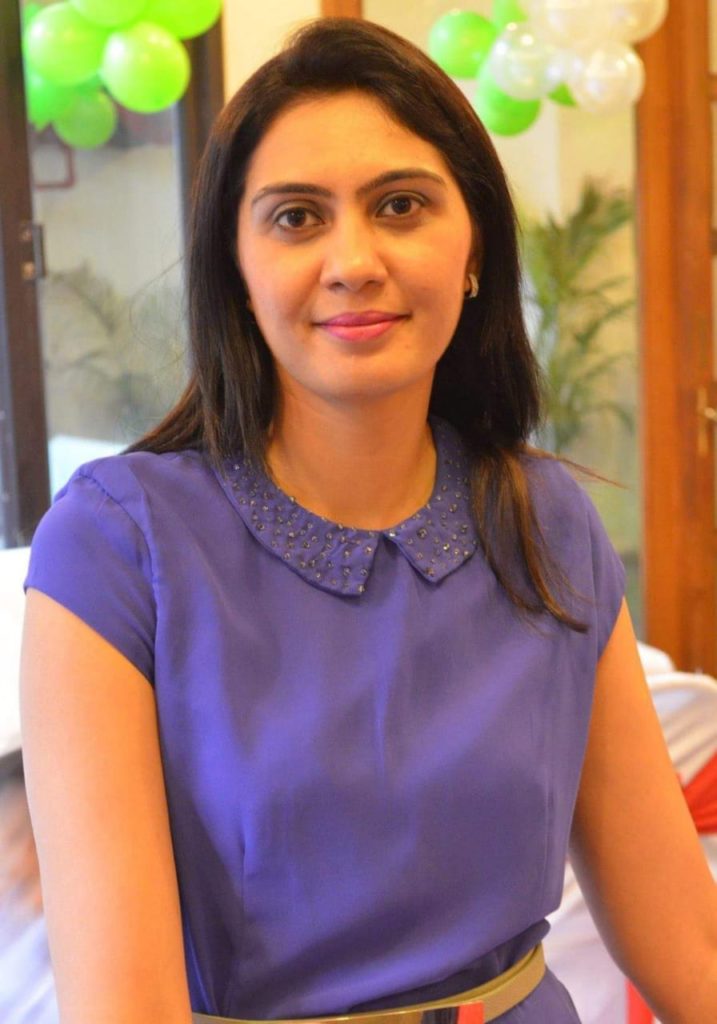Priya Kapoor is the director of International Heritage Conservation and has been striving towards heritage conservation, which though necessary, is overlooked by common people. She has a B.F.A in Sculpture (Gold Medalist) from Government College of Art, Chandigarh, India. She is trained at Victoria & Albert Museum, London and TATE Britain, London to work on organic objects of art. She is also a recipient of “Young Achievers Award” by Rotary Club, Amritsar (Punjab) for contribution towards saving cultural heritage and contributions in the field of fine art, 2005.
Priya has also worked as a senior technical coordinator for restoration of oil paintings in Ashoka Hall, Rashtrapati Bhawan.
Q. Having received training from Victoria & Albert Museum, London on organic objects of art, do think training in organic arts is still alien to India?
A. I do not think so. Globalisation and increased awareness being the reasons, a lot of people actually can see through the field of Arts and Heritage Conservation as their career. People with inclination towards this field like to work for a cause more than for remuneration or recognition, and I am glad to witness our young generation working appreciably in this direction.
Q. In your interview on Radio Noida 107.4, you went candid about how historical monuments are being defaced which led you to implore the area of Preventive Conservation and your organisation is already working with various NGOs for that. Do you plan to join hands with the Government so that online Preventive Conservation courses be available in India as well?
A. So I have been travelling to various countries, including Sri Lanka to spread my message of Preventive Conservation because I have this agenda in mind to make people sentient towards the degradation of monuments and heritage sites happening around them. This consciousness is important because proper implementation of concerned policies of the Government and non-destructive instincts of people towards, say artefacts and monuments go hand in hand.
Secondly, a part of Preventive Conservation goes in connecting people to their personal and country’s heritage first. There are families who do possess articles of historical importance are unable to preserve them. Thus I believe online certifications would go a long way in simplifying their job.
Joining hands with Government would provide a two-way benefit with us having Government’s support and aid and the Government being able to understand better why Preventive Conservation is important.
Q. We often find that students who venture into Arts remain sceptical about Sculpturing in spite of having an interest in it because they are unaware of its prospects as a career. Being a gold medallist in Sculpture, we would like to hear something from you in this regard.
A. Passion for Fine Arts and its sub-fields in something which is inherent in a person. I would disagree here with the fact that nobody is a born artist. Unlike other professions, if one is pushed towards pursuing this profession, one cannot survive.
‘Where there is a will, there is a way’ perfectly fits in my answer to this question. I have known people who are into Painting as well as Sculpturing, and they have made their mark in this field through their Artwork and expertise.
Little needs to be said then, like a caterpillar in a cocoon, with perseverance and development, their work results into the butterfly of skill and experience.
My word here would be that if one is genuinely ardent towards Arts, building a career in it won’t be a daunting endeavour.
Q. What is the fun part about your profession?
A. The fun part of my profession is that we save heritage with common sense. We look around, detect objects in our surroundings which require immediate attention in this respect, and work towards restoring and conserving it.
We also recruit two interns and one international intern with basic education in Arts, Restoration or Conservation through our Summer Internship Programmes. Their training is a fun part in itself. They not only interact with other conservators, but also learn what our organisation specialises in-including paper conservation and preventive conservation.
Q. At IHC, you have undertaken a restoration project at Kuwait and restoration of art materials for Austrian and American Embassies. What did you learn from this about their heritage and its conservation?
A. The restoration project in Kuwait was concerned with Indian objects which the Royal Family of Kuwait had entrusted for restoration with dexterous historians and conservators. The Royal Family possessed such articles from all over the world and ensured that the articles, after restoration, should be sent back to the parent country.
As far as the restoration works in the Embassies is concerned, I would like to mention that restoration work in Western countries tends to get expensive because historians of their respective countries charge a high amount. As a result, Western countries prefer Indian conservators to do the needful and because they expect them to be better apprised with changes in physical environment.
Q. How do you expect to further expand the reach of IHC in years ahead so as to influence Indian masses?
A. Our primary plan to do this is by way of Training Programmes, Awareness Sessions, Workshops and Lectures. Lately, I got the opportunity to interact with school children and wherever I have been invited, I tried to break stereotypical notions and myths about professions falling under Fine Arts.
As of now, we have had a workshop at Sri Lanka in July but we eagerly look forward to hosting more and more of such sessions with a nationwide reach to make an impact and influence Indian masses. IHC is currently planning to conduct more of such campaigns in South East Asian countries where there is dearth of restorers.


